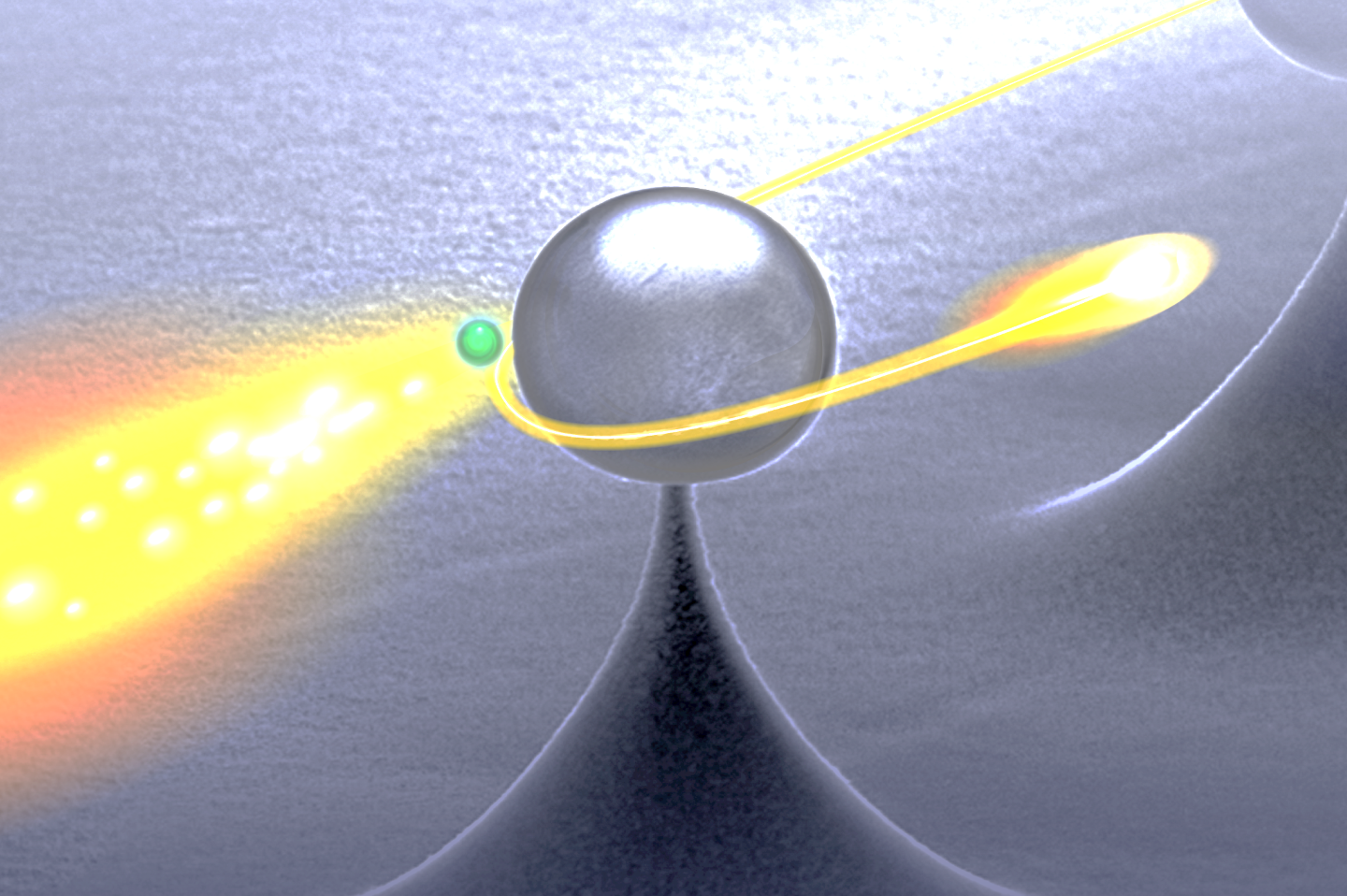By making the most challenging part of photonic quantum computation deterministic instead of probabilistic, Quantum Source provides a viable route towards constructing large-scale, fault-tolerant, server rack-sized quantum computers.

Cavity Quantum ElectroDynamics (cavity-QED) is the field of science that deals with enhancing light-matter interactions by focusing light into micron-scale optical resonators (cavities).
In such tight confinement conditions, the electric field associated with a single photon is strong enough to allow deterministic interaction even with a single atom.
Once the conditions of cavity-QED are attained (high single-atom cooperativity), a host of valuable atom-mediated quantum operations opens up, including single-photon generation and photon-atom quantum logic gates. Every protocol cycle begins and ends with a verification stage that ensures the presence of a single atom in the trapping site (if not, that site is disabled until a new atom reloads), and the atom’s electronic state is correct.
With only one atom trapped and high cooperativity, every excitation of the atom is guaranteed to generate exactly one photon into the resonator’s mode.
In contrast to the atoms in the photon-generation sites, for our entanglement protocols, the other atom trapping sites are tailored to use a 3-level Λ configuration of the atom (87Rb).
In this configuration, optical fields can tune the atom to perform one out of two native gates:
The SWAP (in which the qubit is exchanged between the photon and the atom), and
The controlled-phase or CZ (in which a π phase shift is implemented only when both qubits are in the “1” state).

Quantum Source’s architecture removes the barriers to practical quantum computing using deterministic quantum interactions between single photons and single atoms.
.jpg)
By repeatedly implementing short multi-photon protocols in each site, a small number of trapped atoms on each chip can generate and entangle the very large number of photons required for fault- tolerant photonic quantum computing. The deterministic nature of the gates minimizes the need for costly and complex feed-forward and switching operations that are necessary in other implementations.

